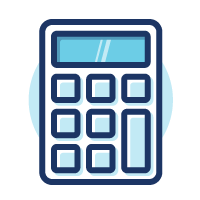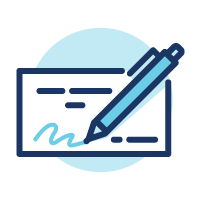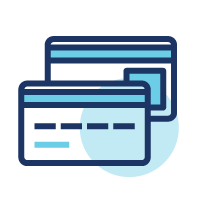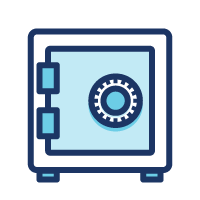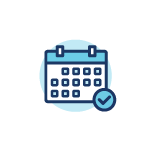What are the Steps to a Cash-Out Refinance?
In the first part of our Cash-Out Refinancing series we broke down the basics of a cash-out refinance. In part two, we’re taking a closer look at what you can look forward to throughout the cash-out refinance experience.
What are the Steps to a Cash-Out Refinance?
Unlike a traditional refinance which replaces your current mortgage with a new mortgage for a similar balance, a cash-out refinance creates a new mortgage for more than you currently owe.
Below are the necessary steps to take in order to create a seamless process for securing a cash-out refinance.
1. Determine the Available Equity in Your Home
To determine your equity, estimate the value of your home and the balance on your primary mortgage. The difference between the value of your home and your current mortgage balance is your home equity.
Keep in mind, this is only an estimation. To determine the exact value of your home requires a home appraisal, which you won’t get until you actually apply for the cash-out refinance.
Also, if you have a second mortgage, or any other liens on your home, make sure to subtract that amount in addition to the primary mortgage balance from your estimated home value.
2. Get Your Finances in Order
The lender will determine the requirements when it comes to qualifying for a cash-out refinance. However, it’s very common for lenders to require the following:
Credit Score 620 or Higher: Most lenders will require a credit score of 620 or higher to do a refinance. However, some lenders may require higher than a score of 620 to do a cash-out refinance.
Proof of Income and Employment: If you are a W-2 employee, you’ll need copies of your last two pay statements. It’s also a good idea to have the last pay statement from the previous year to show bonus or overtime you collected during that year. If you are self-employed, a freelancer or independent contractor, you must provide your current profit and loss statements and two year’s tax returns.
Assets: Your lender will require a list of your assets. Gather the previous 60 days’ worth of all bank statements, retirement account statements and other brokerage accounts you may have.
Debts (Liabilities): Your lender will also want to see your current debt payments compared to your income before approving your application. This is called your debt-to-income ratio.
Additionally, list your monthly debt payments such as auto loans, student loans, credit cards and other debt payments you make each month. You will also be asked to provide the most current mortgage statement.
3. Apply for the New Loan
Now that you have your documents gathered, it’s time to apply for the cash-out refinance. Typically, credit unions and local banks will offer lower interest rates as compared to the larger national banks.
Applications can be taken over the phone, in person at a branch location or online.
In part three of our Cash-Out Refinancing series Chris will look at how much you can get from a cash-out refinance and common ways people use that money.
Chris “Peach” Petrie is the founder of Money Peach. Money Peach partnered with OneAZ to provide free financial education to members across the state. To learn more about OneAZ’s partnership with Money Peach, click here.
APR = Annual Percentage Rate


